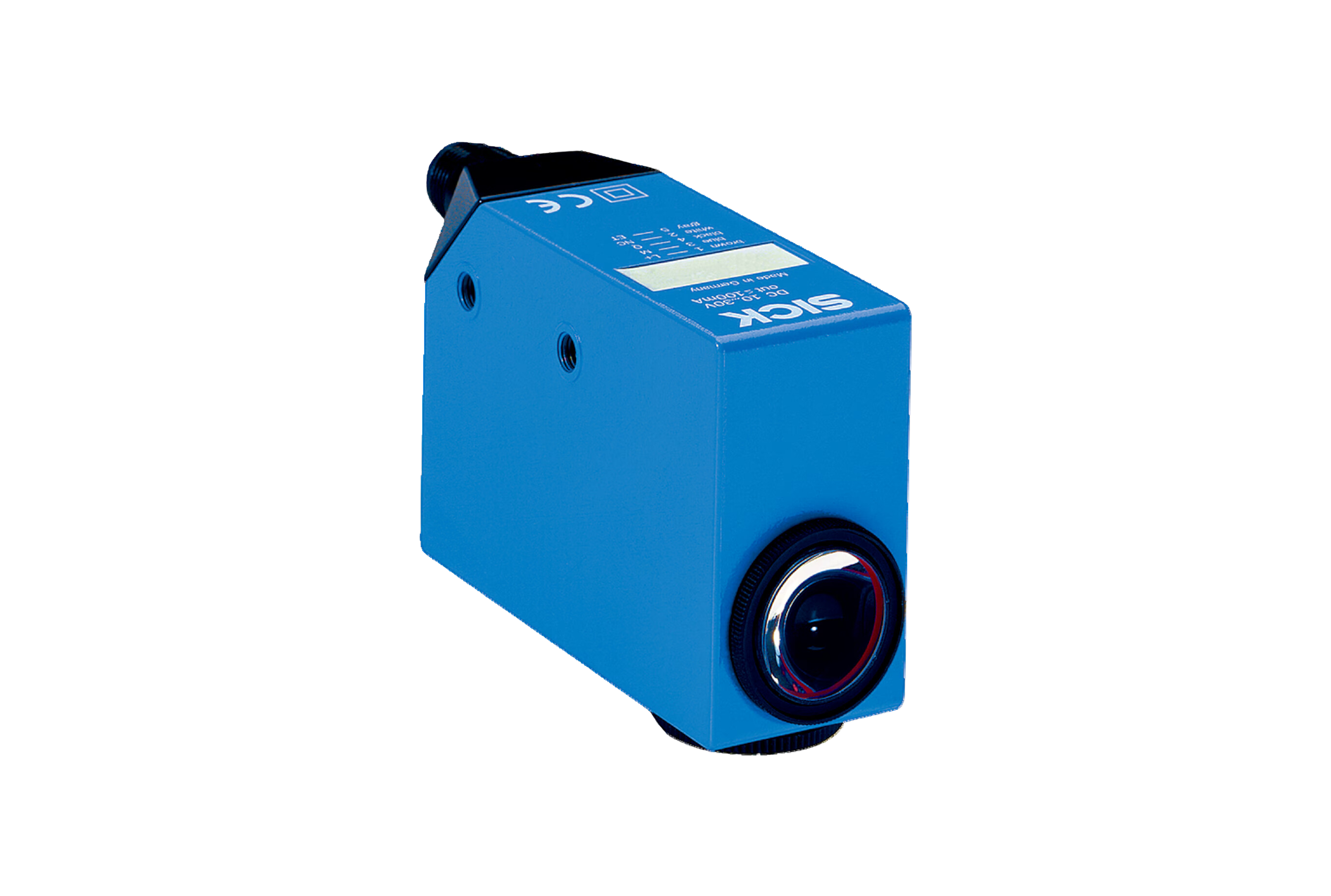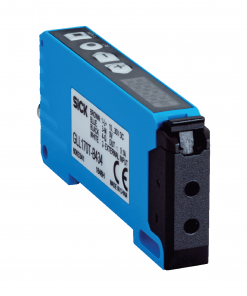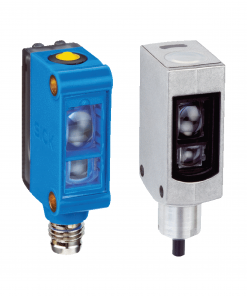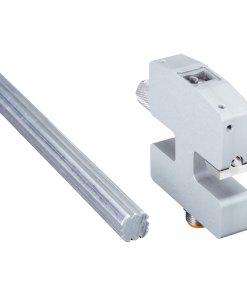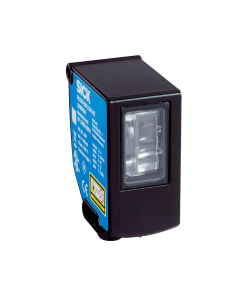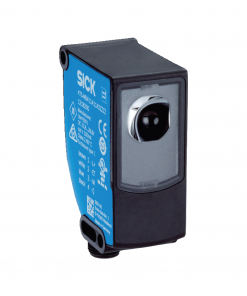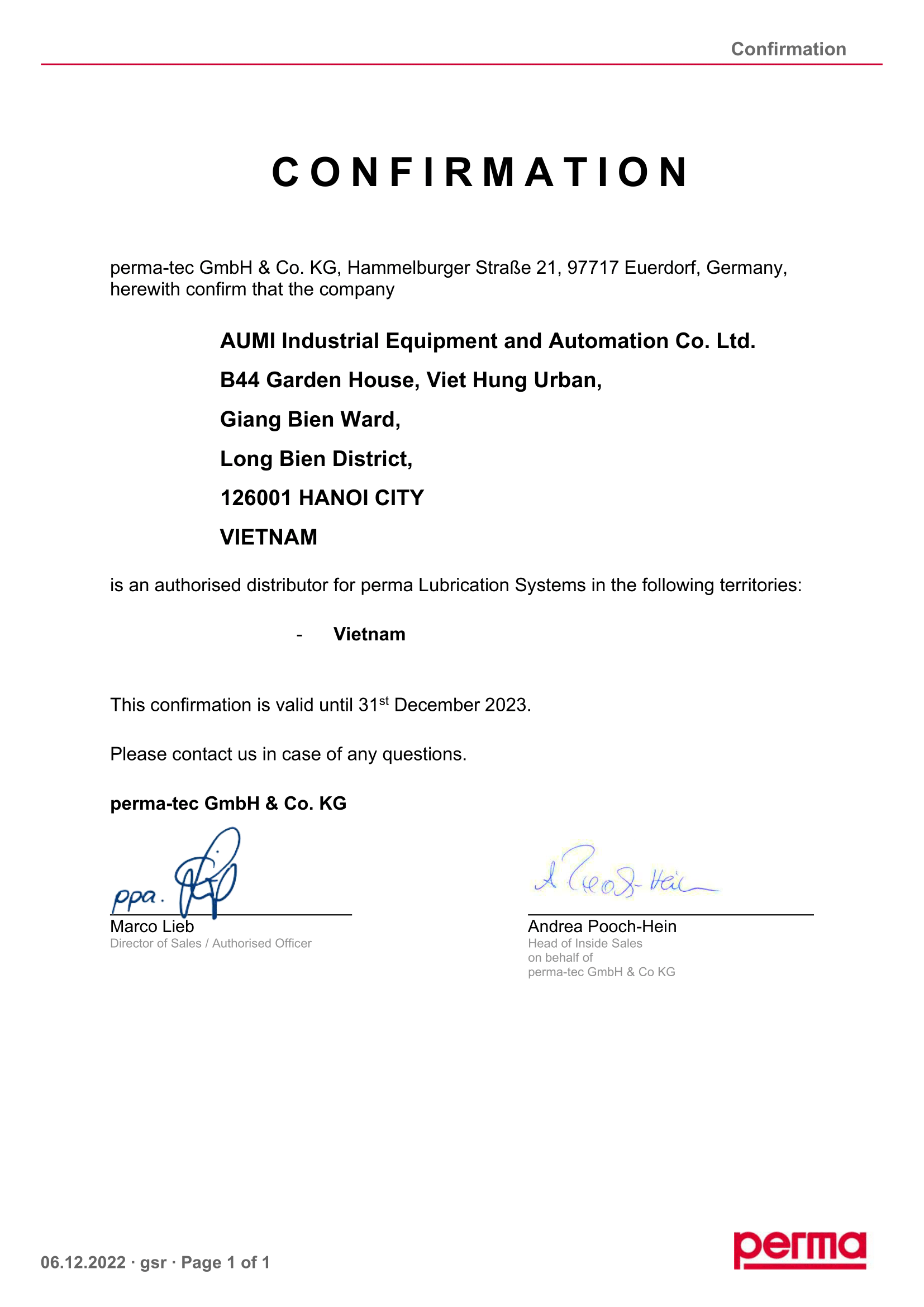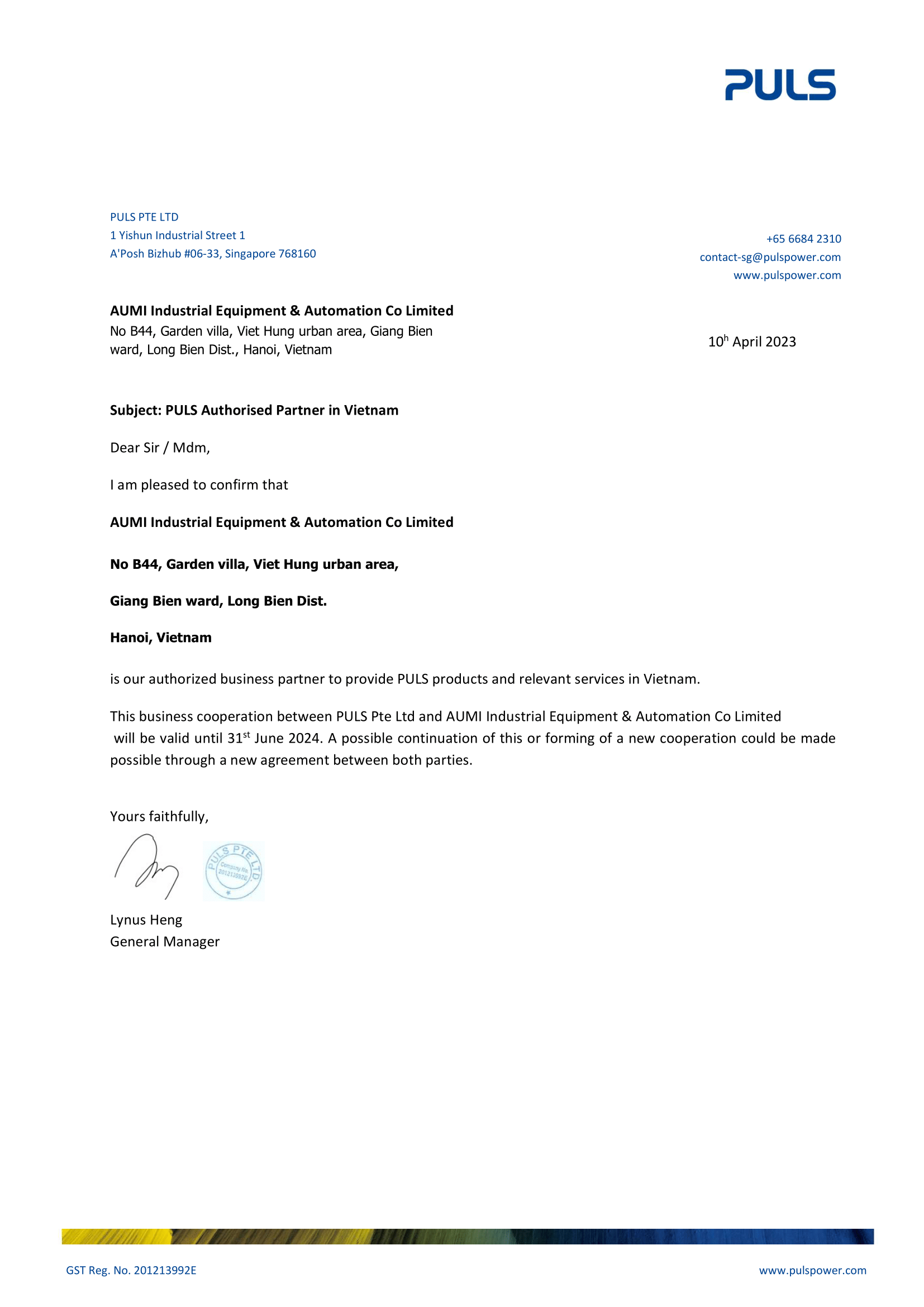|
Product |
Part No. | Light spot size | Switching output |
Teach-in mode |
| KT8L-P3756 | 1041351 | Ø 3 mm | PNP | Static 2-point teach-in, Dynamic teach-in (min/max) |
| KT8L-P3656 | 1041262 | Ø 0.3 mm | PNP | Static 2-point teach-in, Dynamic teach-in (min/max) |
| KT8L-N3756 | 1041352 | Ø 3 mm | NPN | Static 2-point teach-in, Dynamic teach-in (min/max) |
| KT8L-N3656 | 1041263 | Ø 0.3 mm | NPN | Static 2-point teach-in, Dynamic teach-in (min/max) |
Contrast sensors KT8
- Laser contrast sensor
- Precise detection of the smallest marks and objects, e.g. 1 x 1 mm²
- Reliable operation even in the event of object jitter
- High switching sequence of 17 kHz
- Display of detection reliability via control panel
Category: Contrast sensor
Tags: Sensor, Contrast sensors, KT8, laser
At a glance:
- The KT8 sensor family features two variants. The first variant, the KT8L, enables very reliable detection of the smallest contrast marks and objects thanks to the precise laser.
- Versatile use for various distances from sensor to sensing object
- Precise detection of the smallest marks and objects, e.g. 1 x 1 mm²
- Reliable operation even in the event of object jitter
- Access to the sensor with the controller saves the machine operator time and effort during parameterization
- Individualized parameterization and setting specifically tailored to the application
- Automatic drift correction enables maximum production reliability, for example in the event of weakening print marks
- Reliable operation with high-gloss foils ensures high machine availability
Features:
- Laser variant with sensing range from 30 mm bis 800 mm
- Very small and precise laser light spot (class 2)
- High switching sequence of 17 kHz
- Display of detection reliability via control panel
- Very precise light spot
Related products
SALE
Fiber-optic and fibers
- Sensing range max: 0 mm ... 1,320 mm
- Light source: LED
- Sensor parameters can be flexibly adapted to a diverse range of applications (teach-in variant)
- Rapid response time of 50 μs
- PNP/NPN switchover (teach-in variant)
- 4-digit digital display (teach-in variant)
SALE
Contrast sensor
- Sensing distance: 11 mm / 12.5 mm
- Type of light: LED RGB/ LED White
- Three-color LED technology allows a reliable process, with contrast marks detected even in conditions with weak contrast ratios
- Enhanced diagnostics and visualization of sensor parameters, as well as quick and easy format changes, since parameter settings can be downloaded via IO-Link
SALE
- Special housing for rapid mounting and adjustment
- Dual sensors detect double columns of marks
- Tight dual-sensor mounting ability
- Detects 1-18 marks of different colors
SALE
Sick
- Rugged and accurate, insensitive to ambient light, contamination or surface defects.
- Small curve radii of up to 0.5 m possible.
- Low installation costs.
- Measurement accuracy: ± 1 mm.
- CANopen, RS-485 or IO-Link.
SALE
Contrast sensor
- Sensing distance: 25 mm/ 13 mm/ 40 mm/ 70 mm/ 150 mm
- Type of light: LED White/ LED RGB
- Innovative TwinEye-Technology for better contrast detection
- TwinEye-Technology for better performance on glossy or jittering materials - less machine downtime and more process stability
- Diagnostics and visualization as well as easy format change via IO-Link

